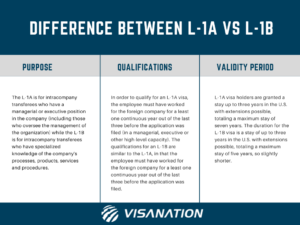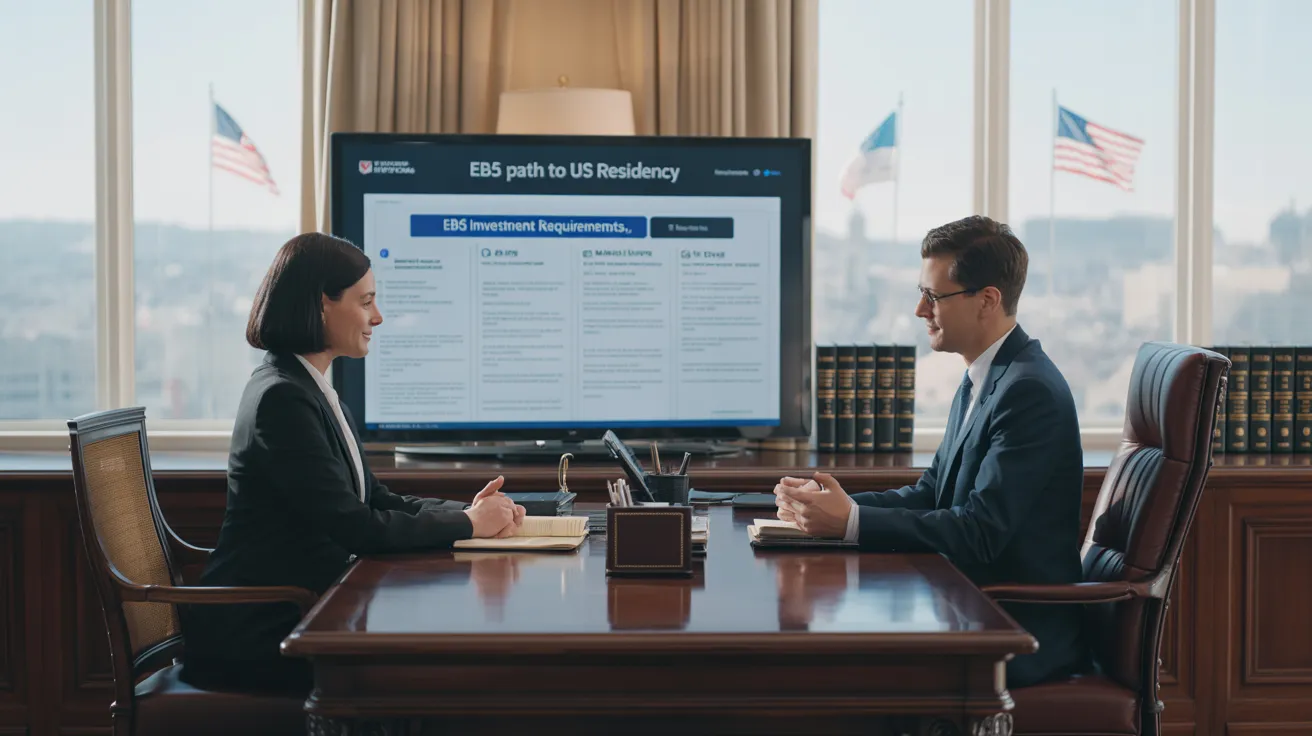L1 Visa for Investors
The L1 Visa Statements
Table of ContentsThe Greatest Guide To L1 VisaThe 10-Second Trick For L1 VisaThe 7-Minute Rule for L1 VisaSome Known Factual Statements About L1 Visa Unknown Facts About L1 VisaNot known Incorrect Statements About L1 Visa
Offered from ProQuest Dissertations & Theses Worldwide; Social Science Premium Collection. (2074816399). (PDF). Congress. (PDF). DHS Office of the Assessor General. (PDF). (PDF). "Nonimmigrant Visa Stats". Obtained 2023-03-26. Department of Homeland Safety And Security Workplace of the Assessor General, "Evaluation of Vulnerabilities and Potential Abuses of the L-1 Visa Program," "A Mainframe-Size Visa Loophole".
United State Department of State. Gotten 22 August 2016. "Employees paid $1.21 an hour to set up Fremont tech company's computer systems". The Mercury Information. 2014-10-22. Obtained 2023-02-08. Costa, Daniel (November 11, 2014). "Little-known momentary visas for international tech workers dispirit incomes". The Hill. Tamen, Joan Fleischer (August 10, 2013). "Visa Owners Change Workers".
Not known Facts About L1 Visa
In order to be qualified for the L-1 visa, the foreign firm abroad where the Beneficiary was employed and the U.S. firm have to have a qualifying partnership at the time of the transfer. The different kinds of qualifying relationships are: 1. Parent-Subsidiary: The Moms and dad means a firm, corporation, or other legal entity which has subsidiaries that it owns and regulates."Subsidiary" means a company, firm, or other legal entity of which a moms and dad owns, directly or indirectly, greater than 50% of the entity, OR owns less than 50% however has monitoring control of the entity.
Company An owns 100% of the shares of Company B.Company A is the Parent and Business B is a subsidiary. There is a certifying relationship in between the 2 business and Company B ought to be able to sponsor the Recipient.
Firm An owns 40% of Firm B. The remaining 60% is owned and controlled by Company C, which has no relationship to Firm A.Since Business A and B do not have a parent-subsidiary connection, Firm A can not fund the Beneficiary for L-1.
Company An owns 40% of Firm B. The continuing to be 60% is possessed by Business C, which has no relation to Business A. However, Company A, by official arrangement, controls and full handles Firm B.Since Business An owns less than 50% of Firm B yet handles and regulates the firm, there is a qualifying parent-subsidiary connection and Company A can fund the Beneficiary for L-1.
L1 Visa - An Overview
Affiliate: An associate is 1 of 2 subsidiaries thar are both had and managed by the same moms and dad or person, or had and controlled by the exact same team of people, in essentially the exact same ratios. a. Instance 1: Firm A is incorporated in Ghana and uses the Beneficiary. Business B is included in the U.S.
Firm C, additionally included in Ghana, possesses 100% of Firm A and 100% click here of Business B.Therefore, Business A and Company B are "affiliates" or sister companies and a qualifying relationship exists between the two companies. Business B need to be able to sponsor the Beneficiary. b. Example 2: Firm A is integrated in the united state
Company A is 60% owned by Mrs. Smith, 20% owned by Mr. Doe, and 20% owned by Ms. Brown. Business B is integrated in Colombia and currently utilizes the Beneficiary. Business B is 65% owned by Mrs. Smith, 15% owned by L1 Visa attorney Mr. Doe, and 20% owned by Ms. Brown. Firm A and Business B are affiliates and have a certifying partnership in 2 different means: Mrs.
The L-1 visa is an employment-based visa classification established by Congress in 1970, allowing international business to move their managers, execs, or essential workers to their U.S. procedures. It is generally referred to as the intracompany transferee visa. There are 2 main sorts of L-1 visas: L-1A and L-1B. These kinds are ideal for workers employed in various placements within a company.

Furthermore, the recipient must have functioned in a supervisory, executive, or specialized staff member position for one year within the three years preceding the L-1A application in the international business. For new workplace applications, foreign employment must have been in a managerial or executive capability if the recipient is coming to the USA to work as a manager or exec.
Not known Facts About L1 Visa

If provided for a united state firm functional for greater than one year, the preliminary L-1B visa is for approximately 3 years and can be extended for an extra two years (L1 Visa). On the other hand, if the U.S. firm is newly established or has actually been operational for less than one year, the initial L-1B visa L1 Visa process is provided for one year, with extensions available in two-year increments
The L-1 visa is an employment-based visa group developed by Congress in 1970, permitting international companies to transfer their supervisors, executives, or crucial personnel to their U.S. operations. It is frequently described as the intracompany transferee visa. There are 2 major types of L-1 visas: L-1A and L-1B. These kinds are ideal for staff members employed in different positions within a business.
The Definitive Guide for L1 Visa
Furthermore, the recipient needs to have operated in a supervisory, exec, or specialized employee placement for one year within the three years coming before the L-1A application in the international company. For new workplace applications, international employment has to have been in a managerial or executive capacity if the recipient is concerning the United States to work as a manager or exec.
for approximately 7 years to look after the operations of the united state associate as an exec or supervisor. If issued for a united state company that has actually been functional for greater than one year, the L-1A visa is originally provided for up to three years and can be prolonged in two-year increments.
If approved for an U.S. firm operational for greater than one year, the preliminary L-1B visa is for approximately three years and can be prolonged for an additional 2 years. Alternatively, if the united state company is recently established or has actually been functional for much less than one year, the initial L-1B visa is released for one year, with expansions readily available in two-year increments.